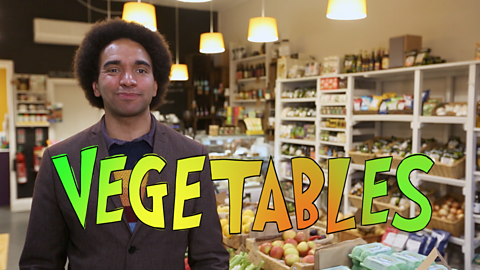Video summary
Poet Joseph Coelho explores how figurative and descriptive language encourages imaginative writing and creative exploration.
He shows us that poems can be a snapshot of a particular moment and that we can express the thoughts and feelings of these moments through imaginative writing.
Outlining the importance of expanding your vocabulary through investigating and experimenting with language, he highlights how the writing process (drafting and redrafting) can help you achieve precision of language when using descriptive words.
He shows us how this process can be likened to exploring the scene of a potential photograph and how you can edit your language to create a stronger visual image.
Teacher notes
Ideas for the classroom
Key Stage 1 (age 5-7):
Before watching:
Share with the children This is the City by Kathy Henderson.
Ask the class to make initial responses to the poem, expressing likes and dislikes, asking questions, including clarifying unknown vocabulary and connecting with real life experiences. Ask the children if they have been to a city before? What was it like for them?
Now read the poem a second time, this time sharing the words as you read. What do you find out about the city from reading the poem? How do you think it looks? Sounds? What do you think it would feel like to be there? Mark words or phrases in the text that children identify as helping them to build a picture. Give the children a range of art materials, this could include magazines or newspapers for collage, charcoal, soft drawing pencils, brush pens, coloured pencils, pastels and allow the children to draw what they think the city looks like. What was it about the poem that allowed them to create this picture?
After watching:
Provide the children with small, handmade notebooks and cameras and take them out into the local environment. Allow them to sketch, take photographs and note down words and phrases about things in the local environment that inspire them. It may be a building or man-made object, an element of the natural environment, or a moment in time that they happen to capture as they are out.
As they come back, help them to pick out the ideas they liked best by looking back at the photos, sketches and notes and working these up into individual, paired or group poems, choosing words carefully to allow another person reading it to picture being there in that moment as they were able to do with This is the City.
Key Stage 2 (age 7-11):
Before watching:
Read aloud the poem Halloweenβs crumble by Joseph Coelho. Ask the class to make initial responses to the poem, expressing likes and dislikes, asking questions, including clarifying unknown vocabulary and connecting with real life experiences.
Read the poem again, this time sharing the words as you read. Mark words or phrases in the text that children identify as helping them to build a picture or allow them to do this by giving them a copy of the text for themselves, or in mixed pairs or small groups. Describe the experiences using all the senses.
After watching:
Come back to Joeβs description that βWriting a poem is like taking a photo with words.β Go back to the effective imagery used in Halloweenβs crumble and how it allowed us to really be in the moment of blackberry picking alongside the poet. Provide the children with small, handmade notebooks and cameras and take them out into the local environment. Allow them to sketch, take photographs and note down words and phrases about things in the local environment to see and hear things that could inspire them to write.
Help them to pick out the ideas they liked best by looking back at the photos, sketches and notes and working these up into individual, paired or group poems, choosing words carefully to allow another person reading it to picture being there in that moment as they were able to do with Halloweenβs Crumble.
Create response partners to read each otherβsβ poems looking at where the language was most effective and where it might be improved to βsharpen the focusβ for the reader.
This short film will be relevant for teaching English at primary school.
How to perform poetry. video
Joseph Coelho explores all the different ways you can perform a poem.
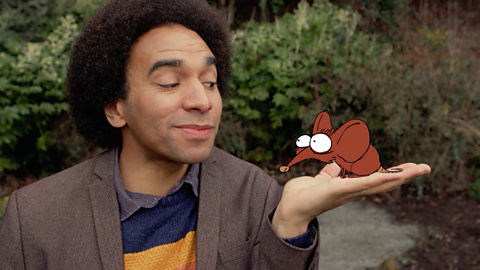
How to express yourself with poetry. video
Joseph Coelho explores the way we can express our feelings using poetry.
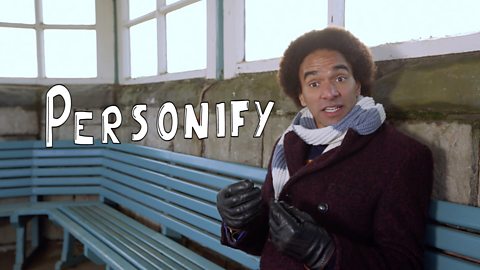
How to have fun writing poetry. video
Joseph Coelho explores onomatopoeia, phonics and all the ways you can have fun writing a poem.
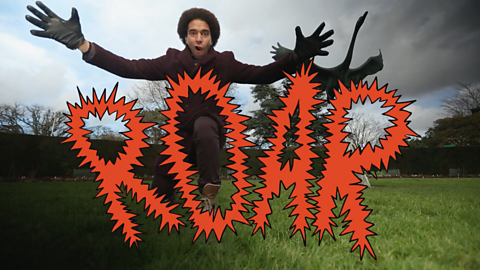
How to write poetry about your life. video
Joe Coelho explains how to write poetry about experience.
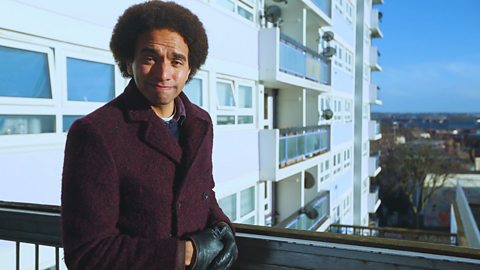
Playing with words. video
Joseph Coelho explores how poetic devices can enable children to develop their literacy skill.

How to understand a poem. video
Joseph Coelho looks at how poems make you feel and what they mean to you.
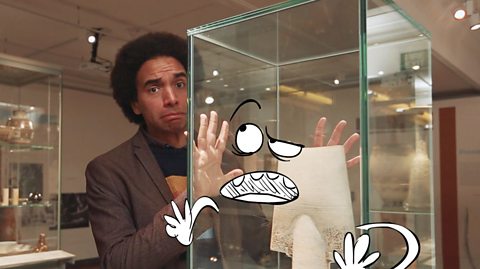
Does poetry need to rhyme? video
Joseph Coelho shows that poetry doesnβt have to rhyme, but when it does, it can be inventive and witty.
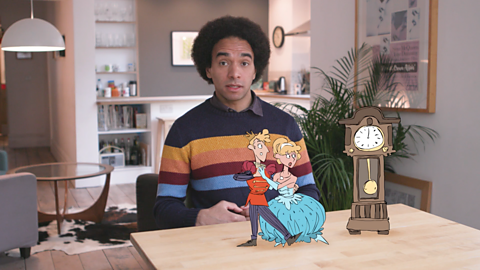
Poetry formats. video
Joseph Coelho explores haiku, limericks, sonnets and varying forms of poetry.
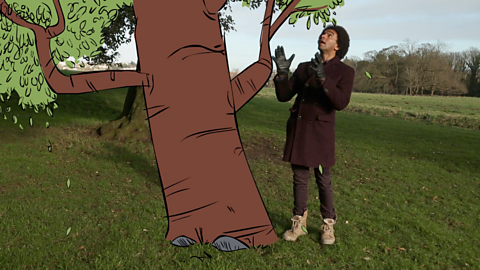
How are music and poetry connected? video
Joseph Coelho demonstrates how many of the elements that make up poems are often mirrored in music.
